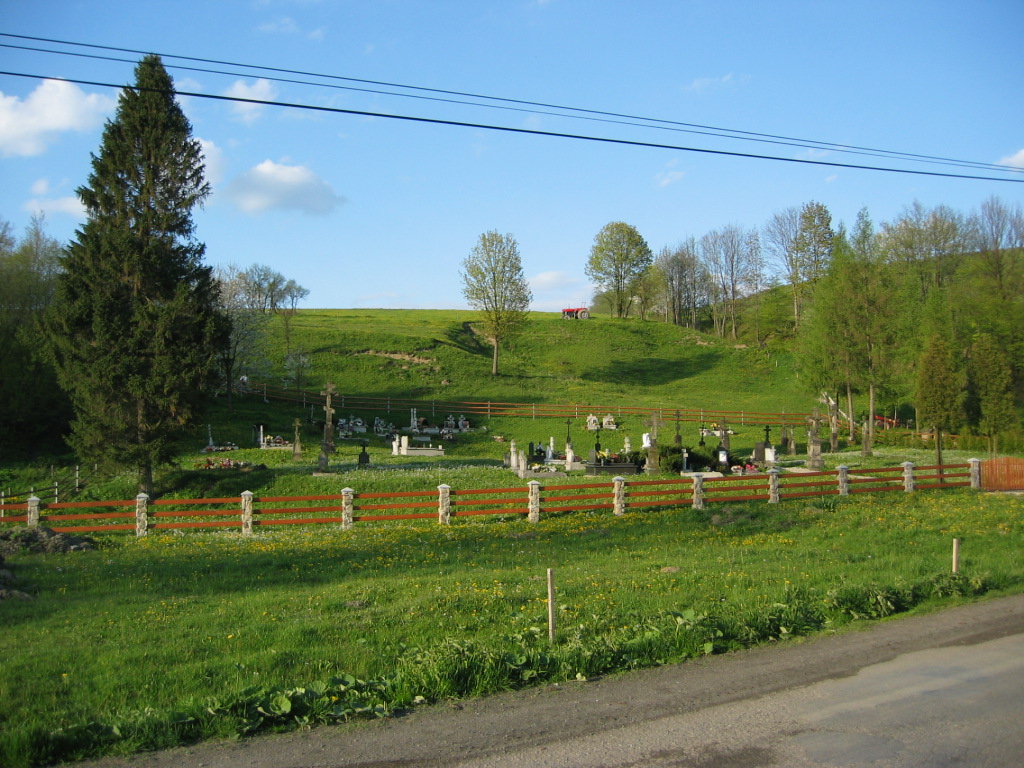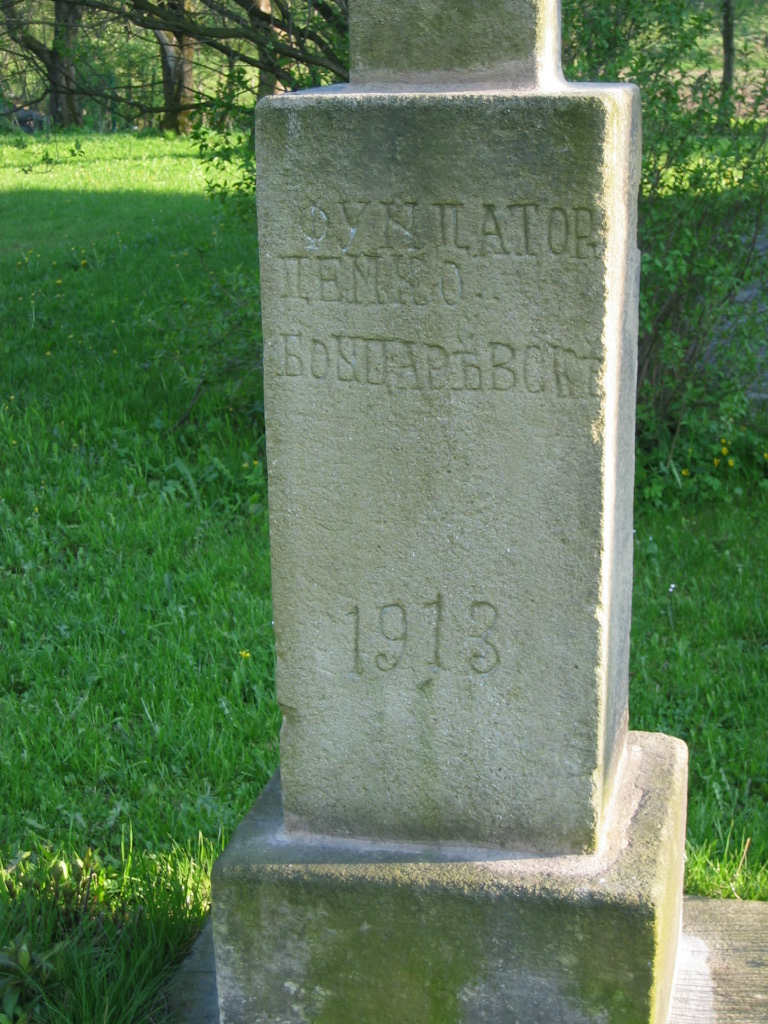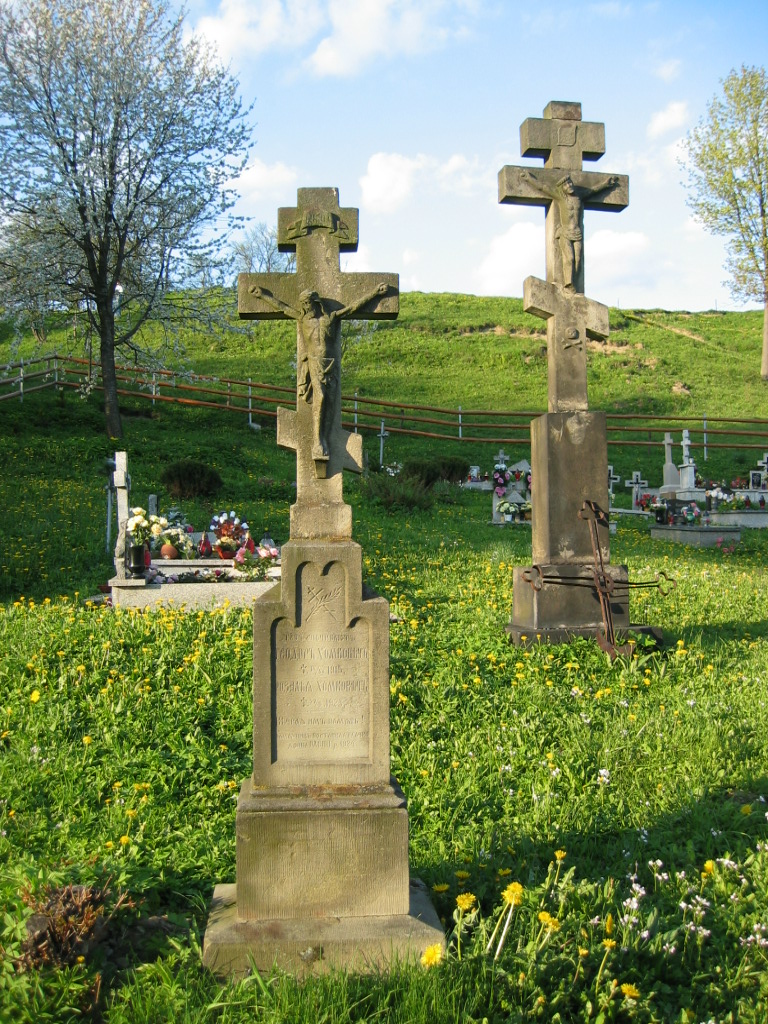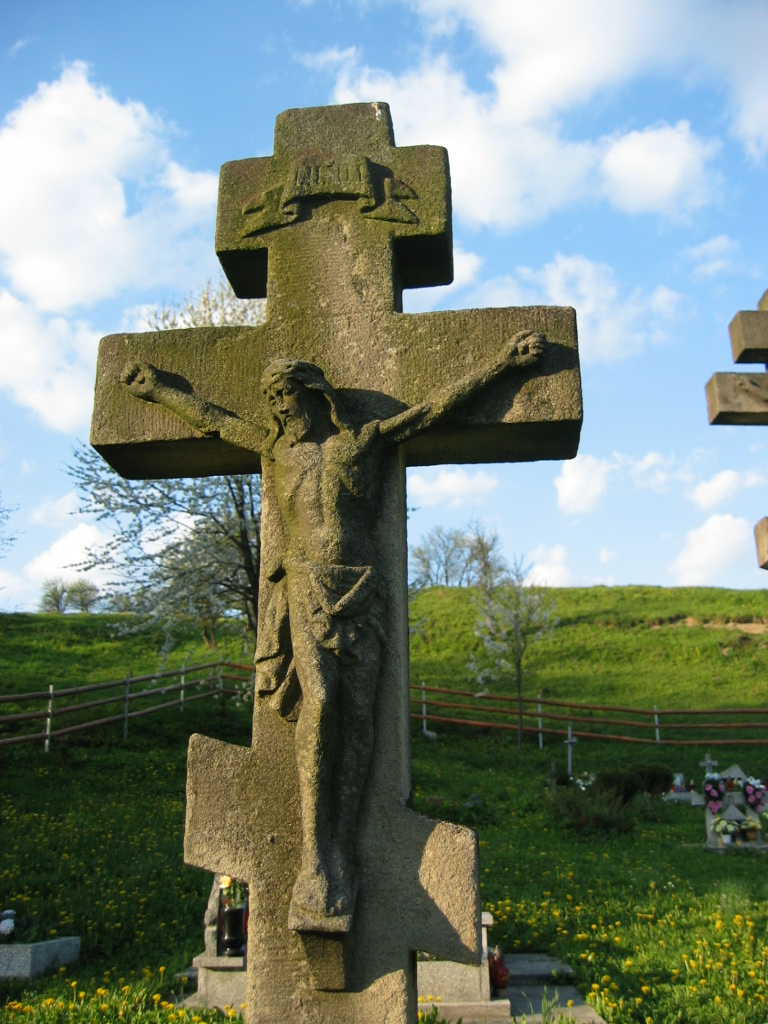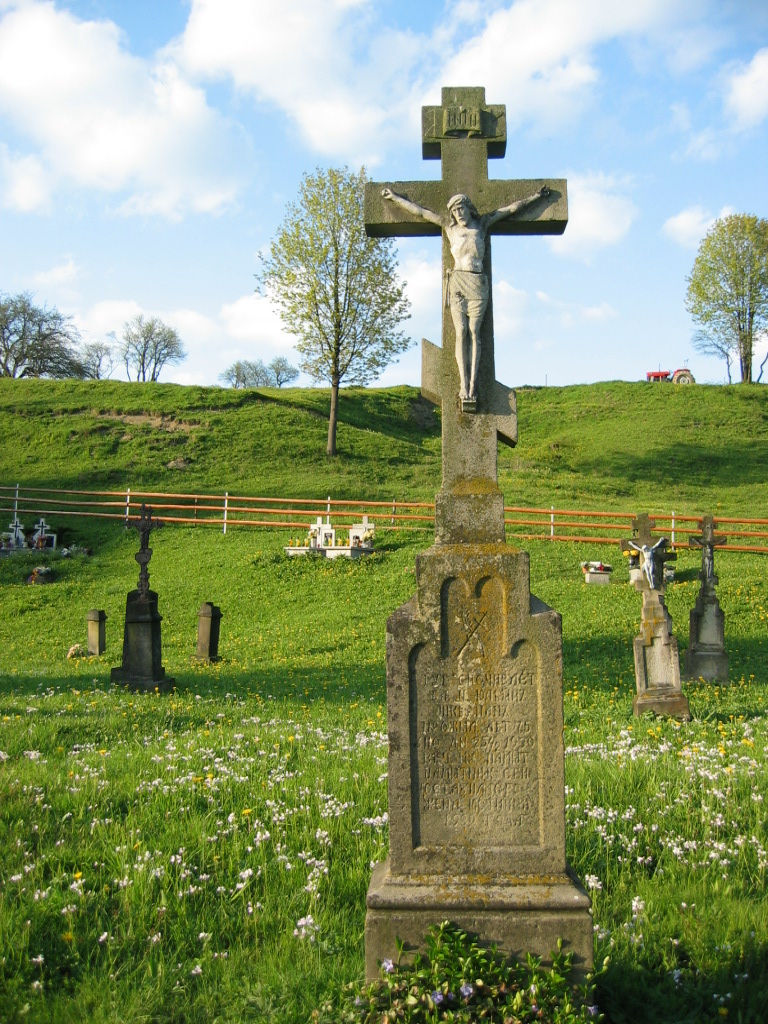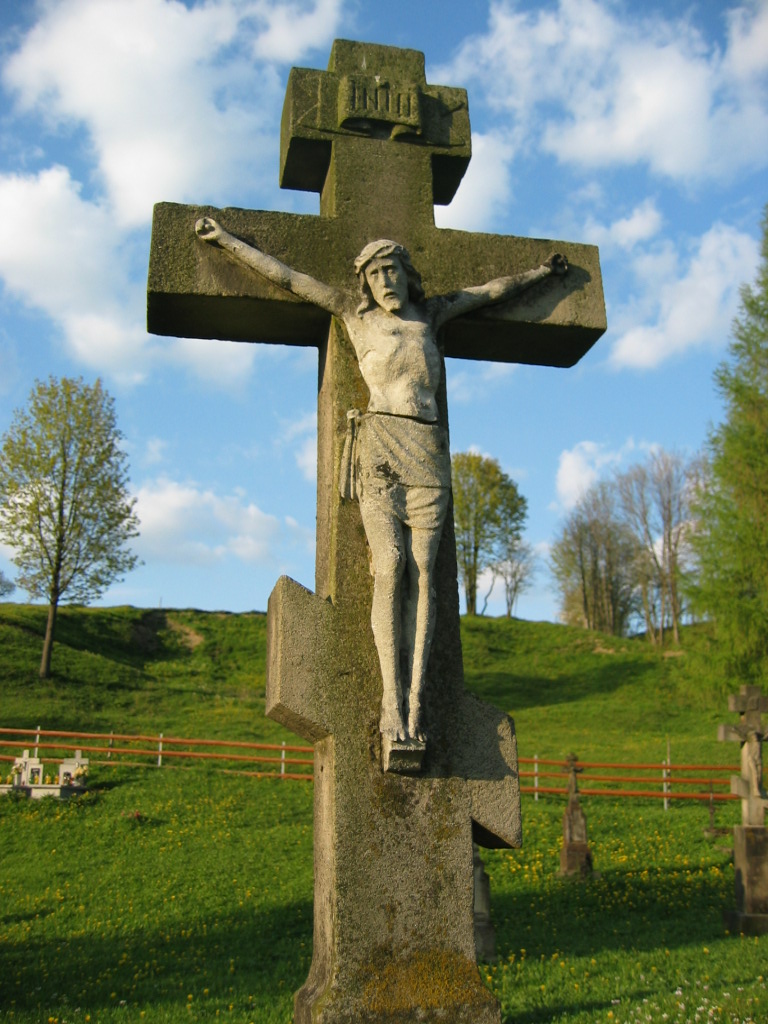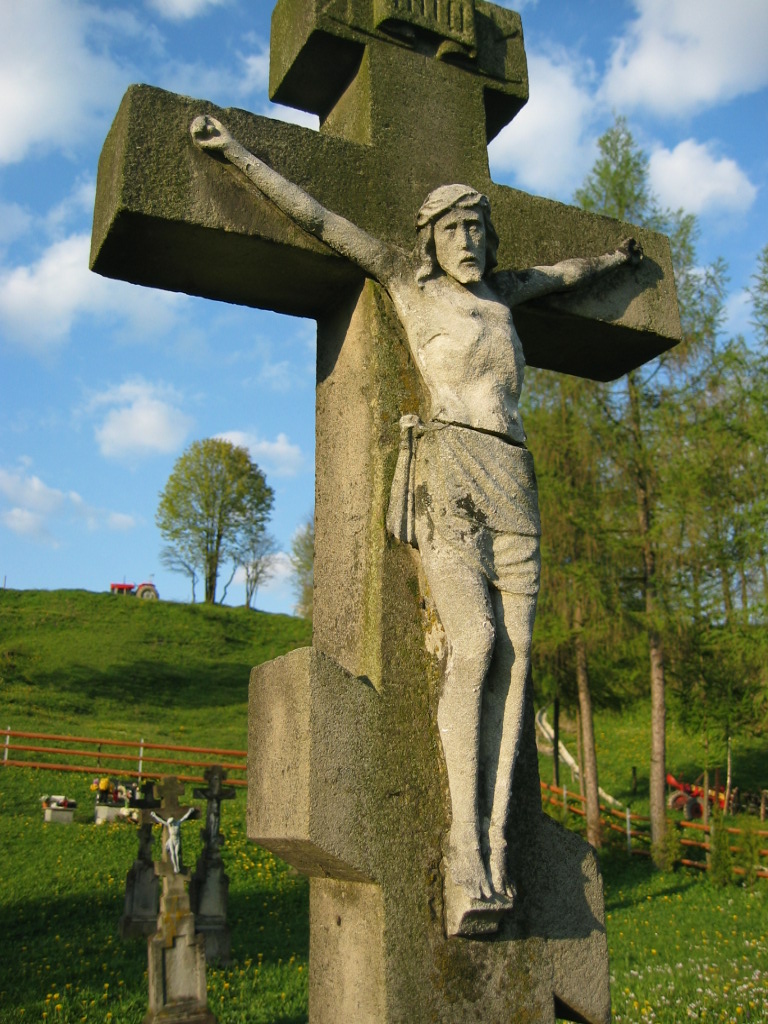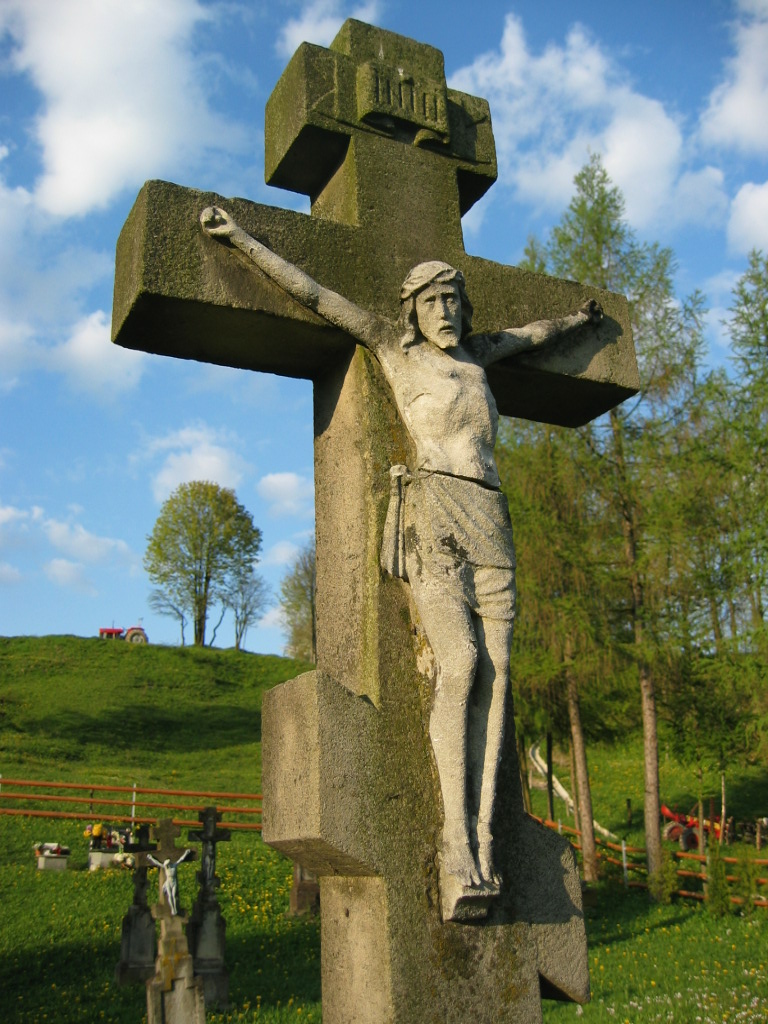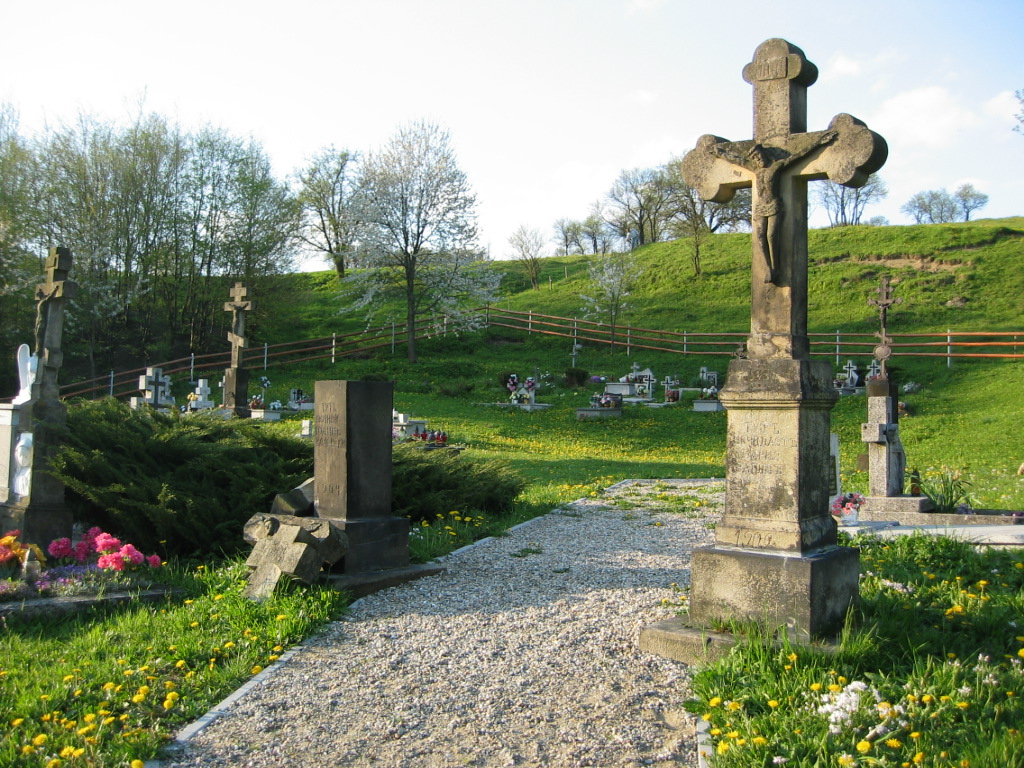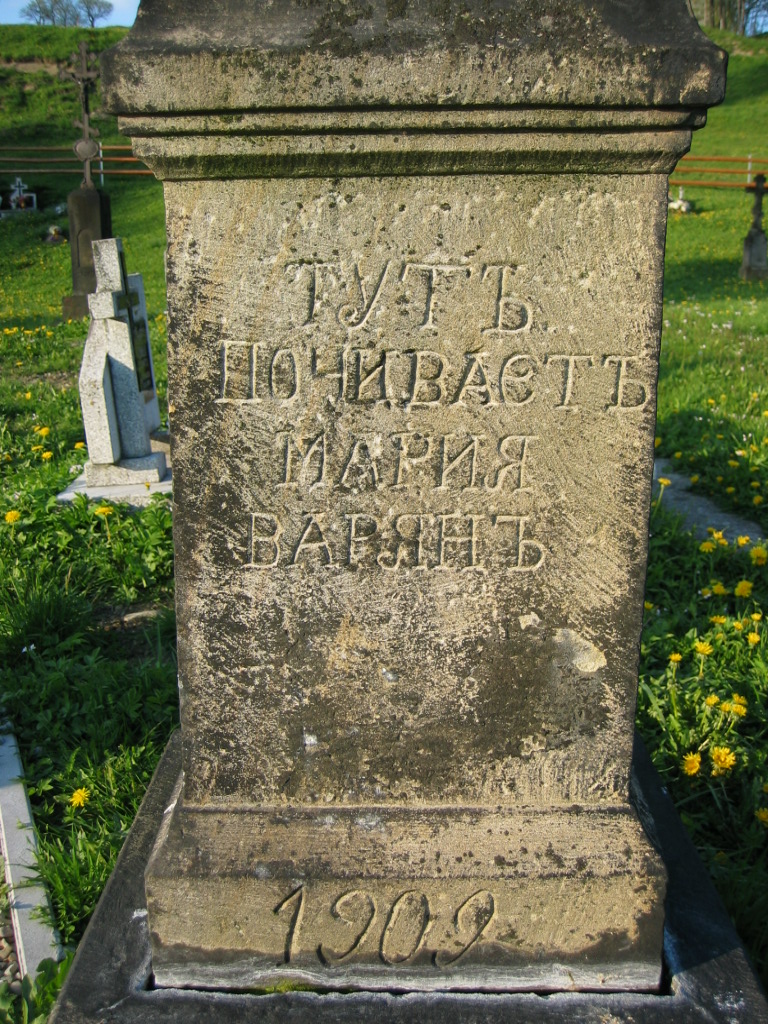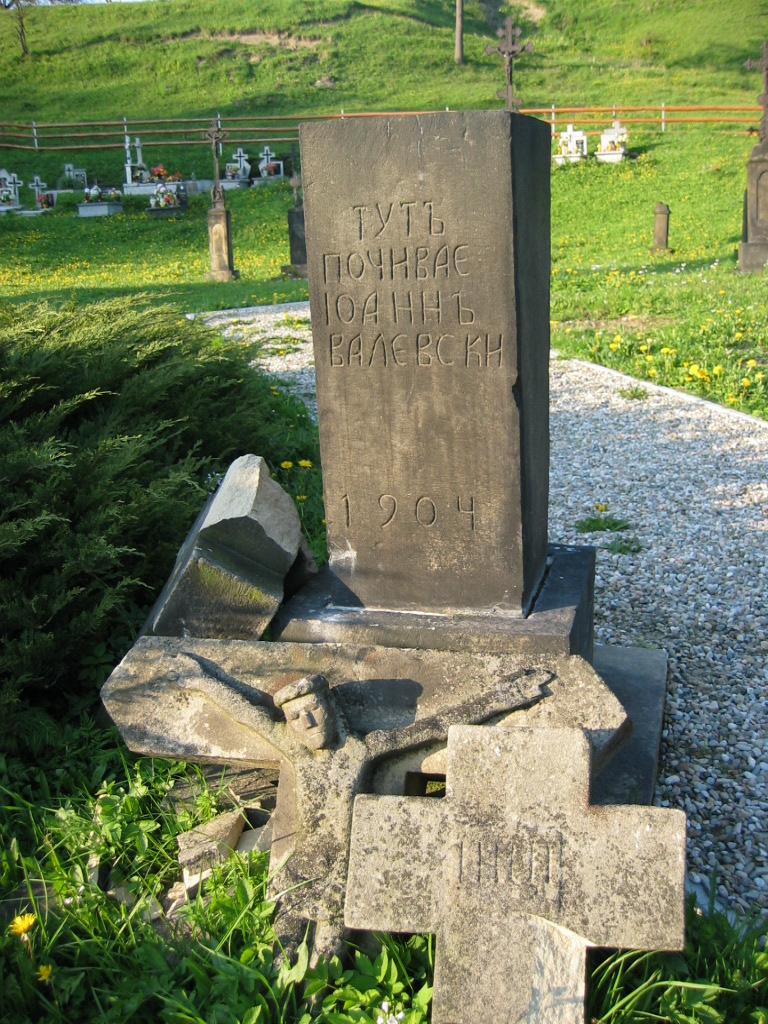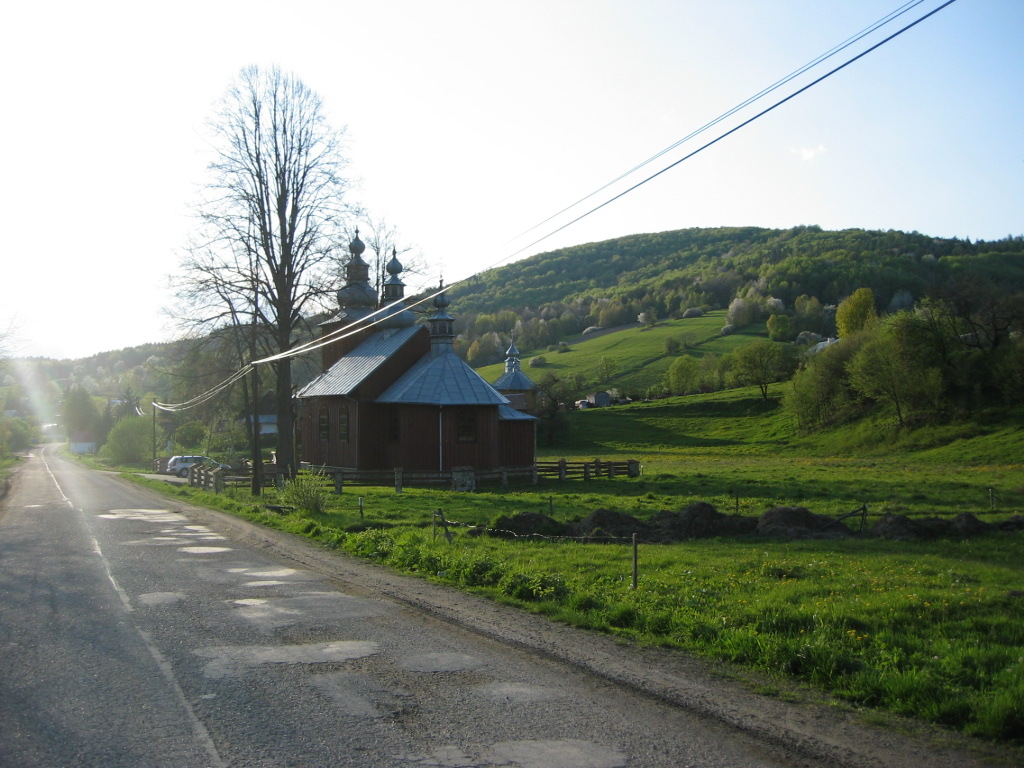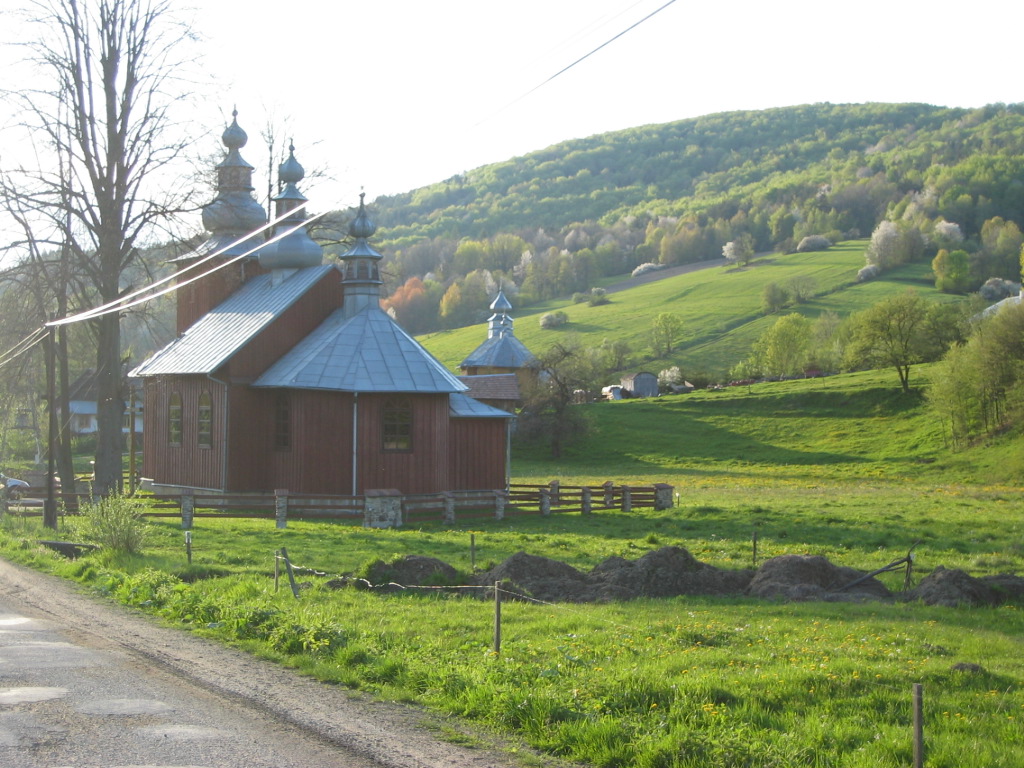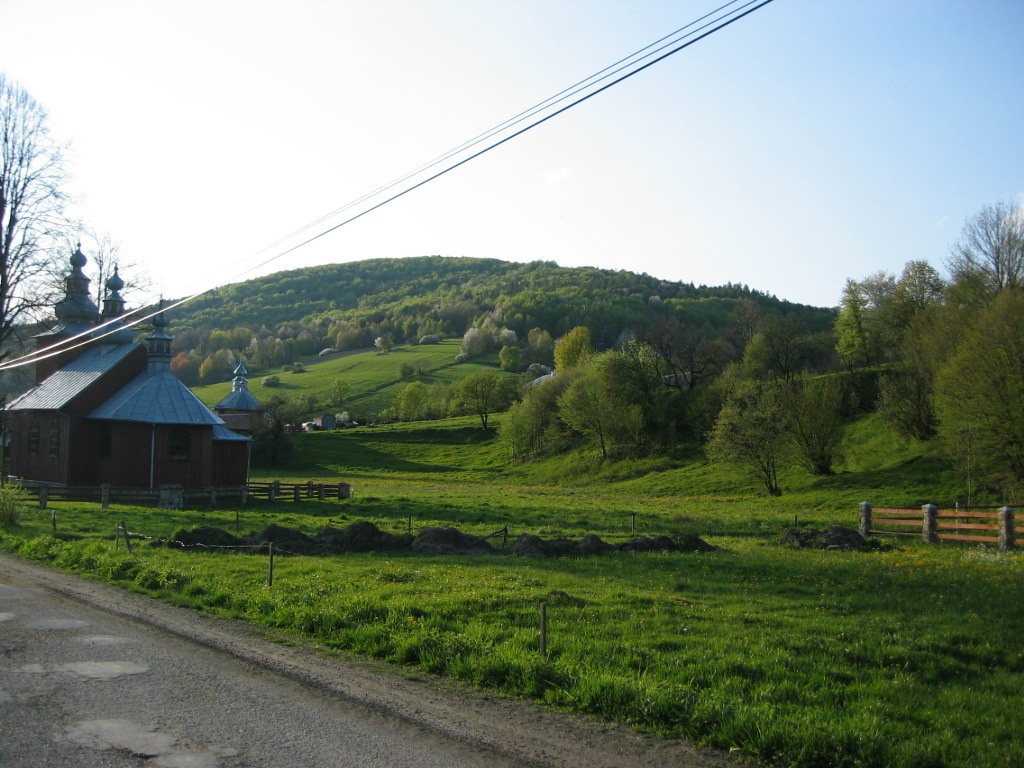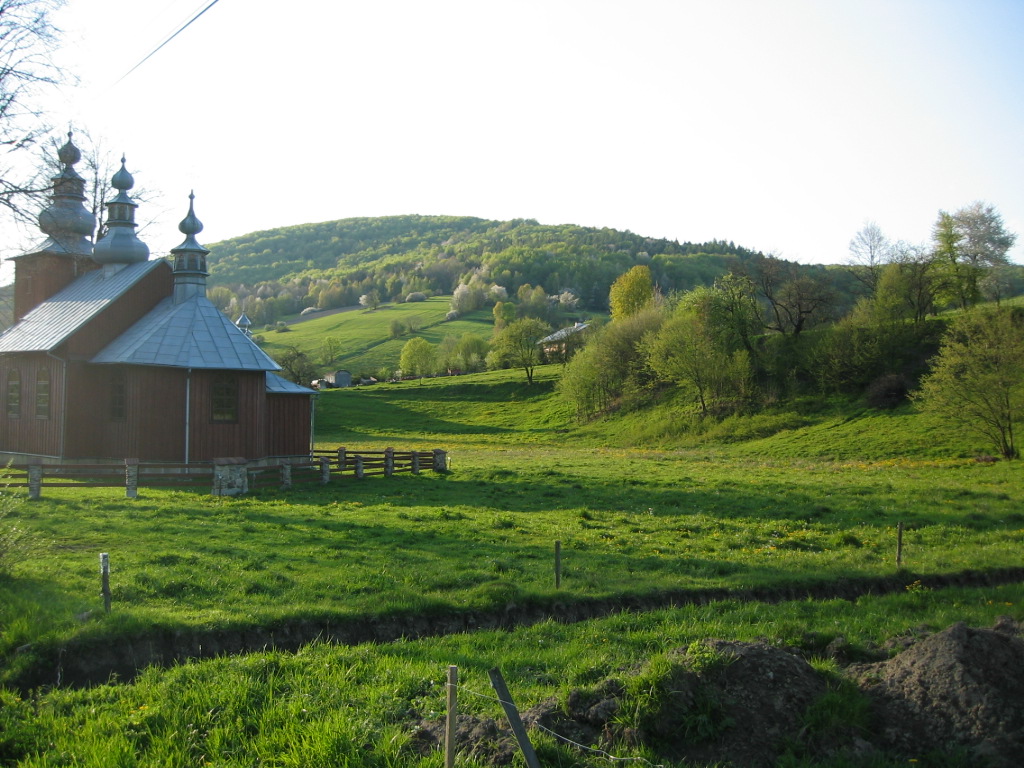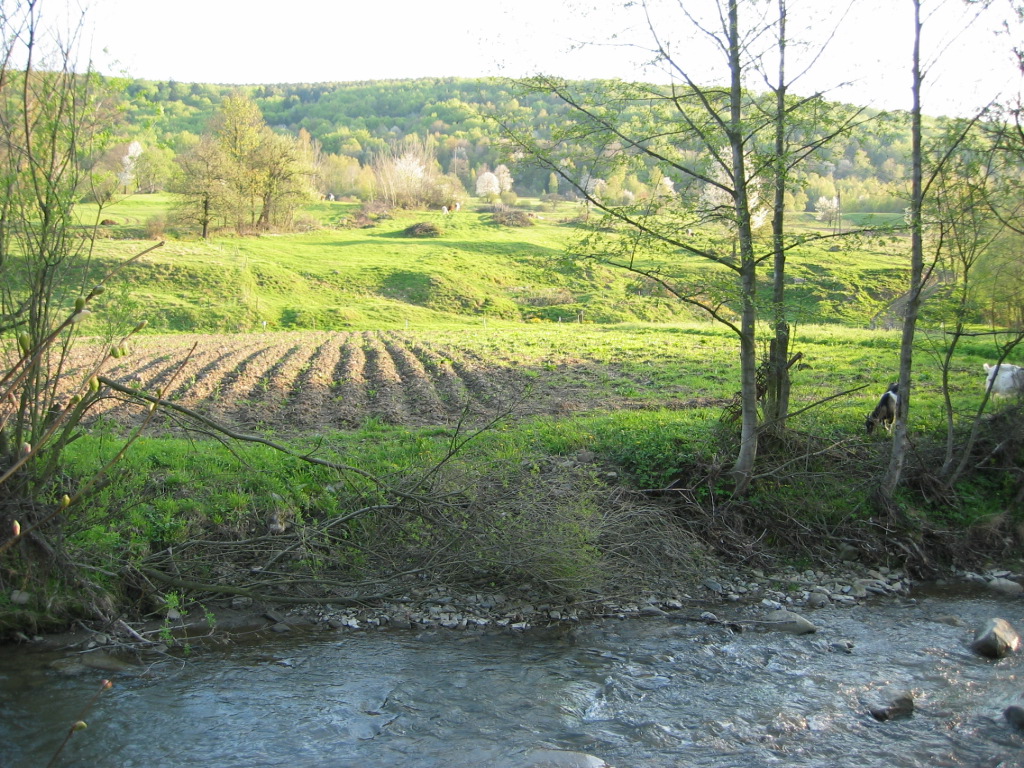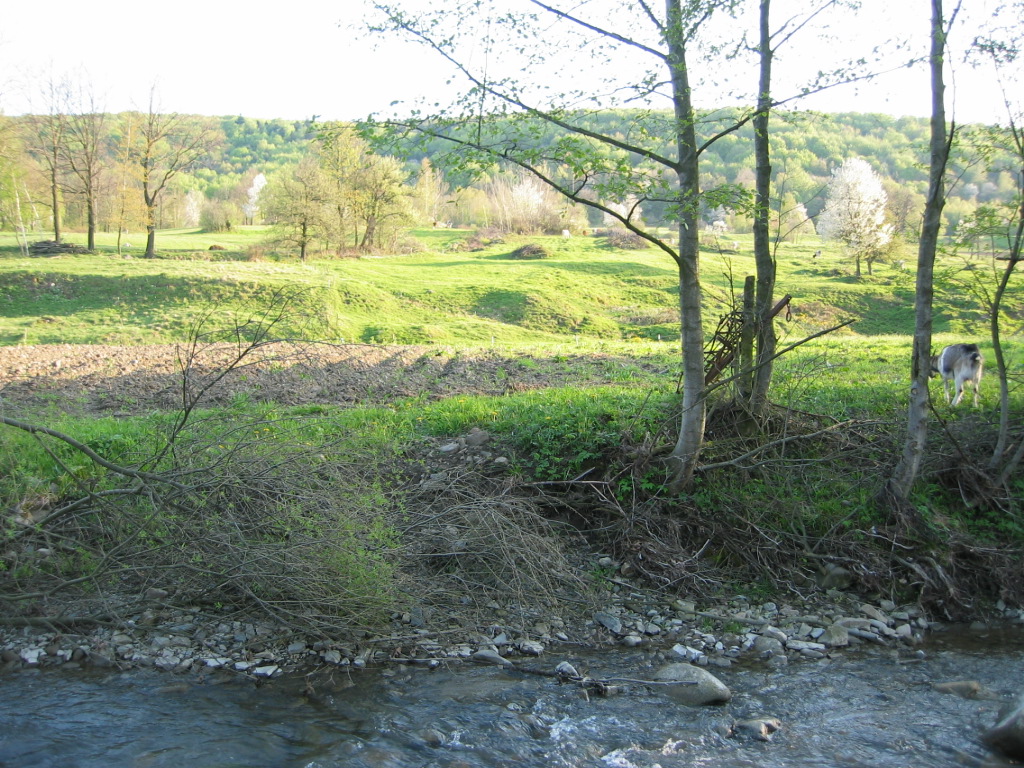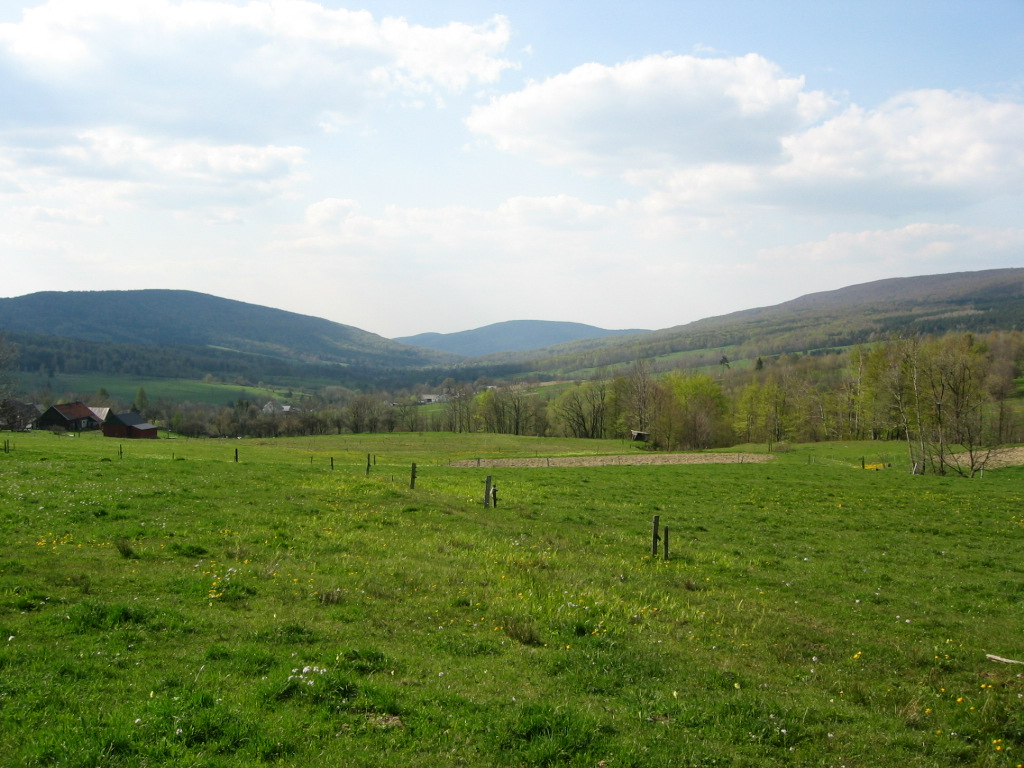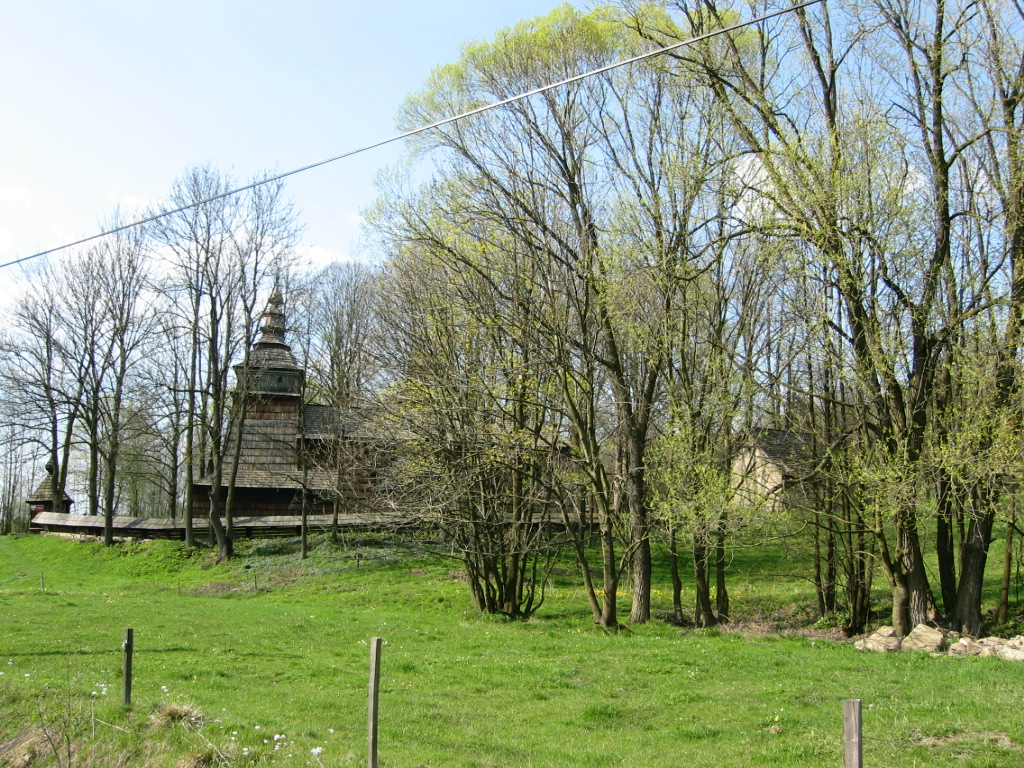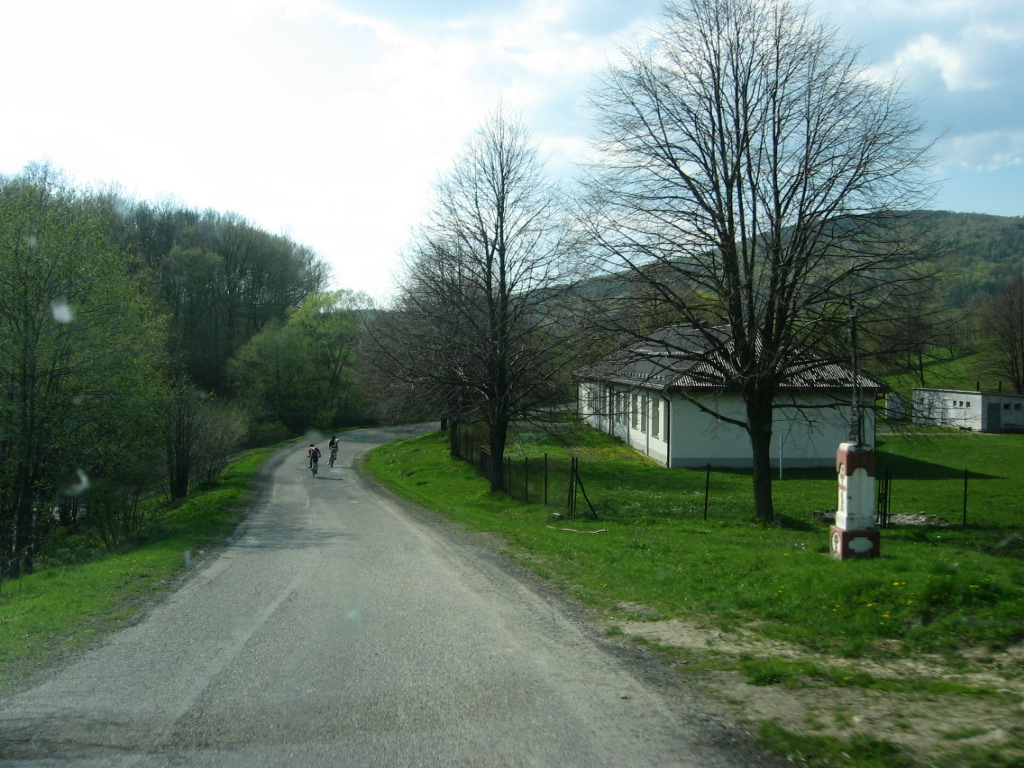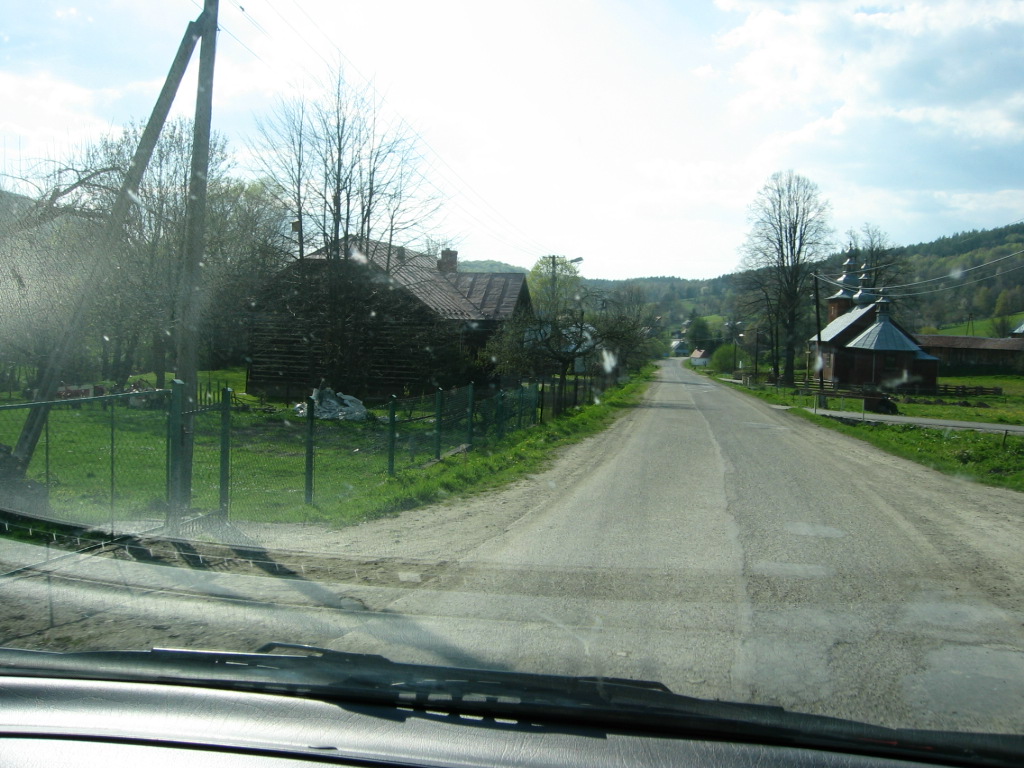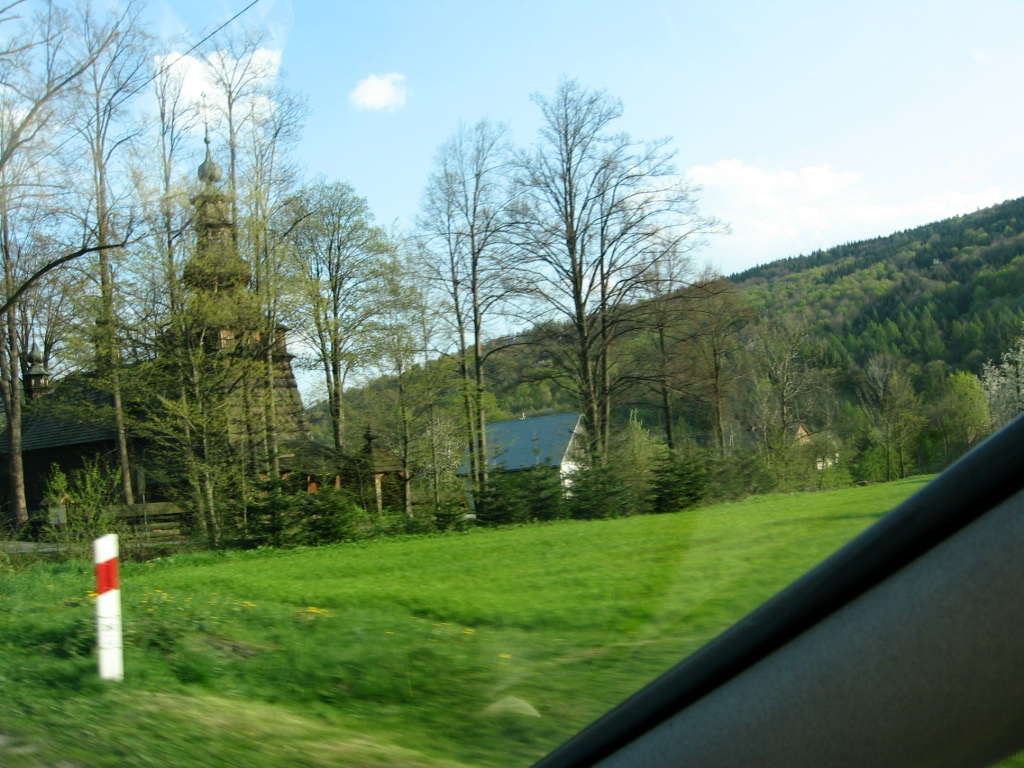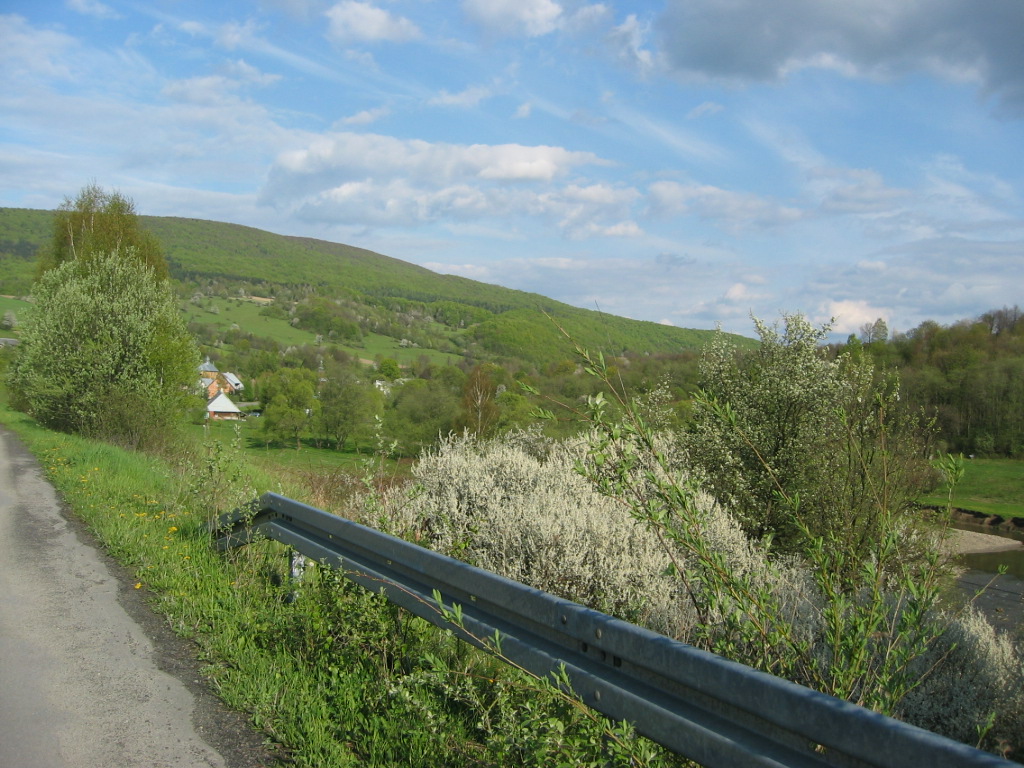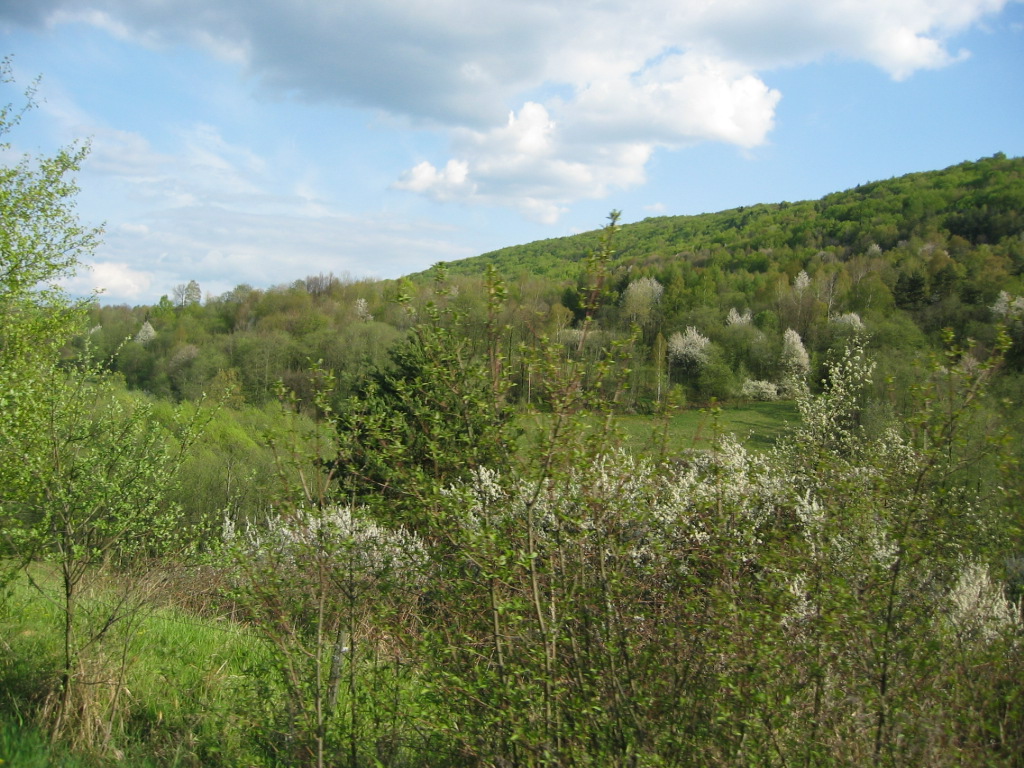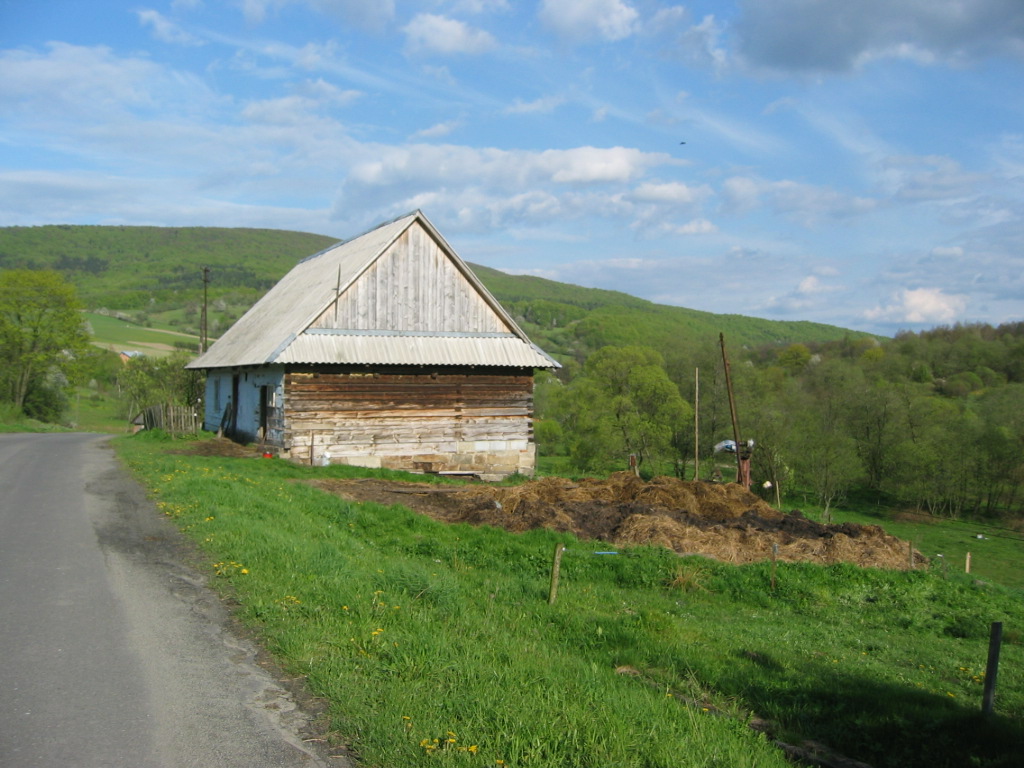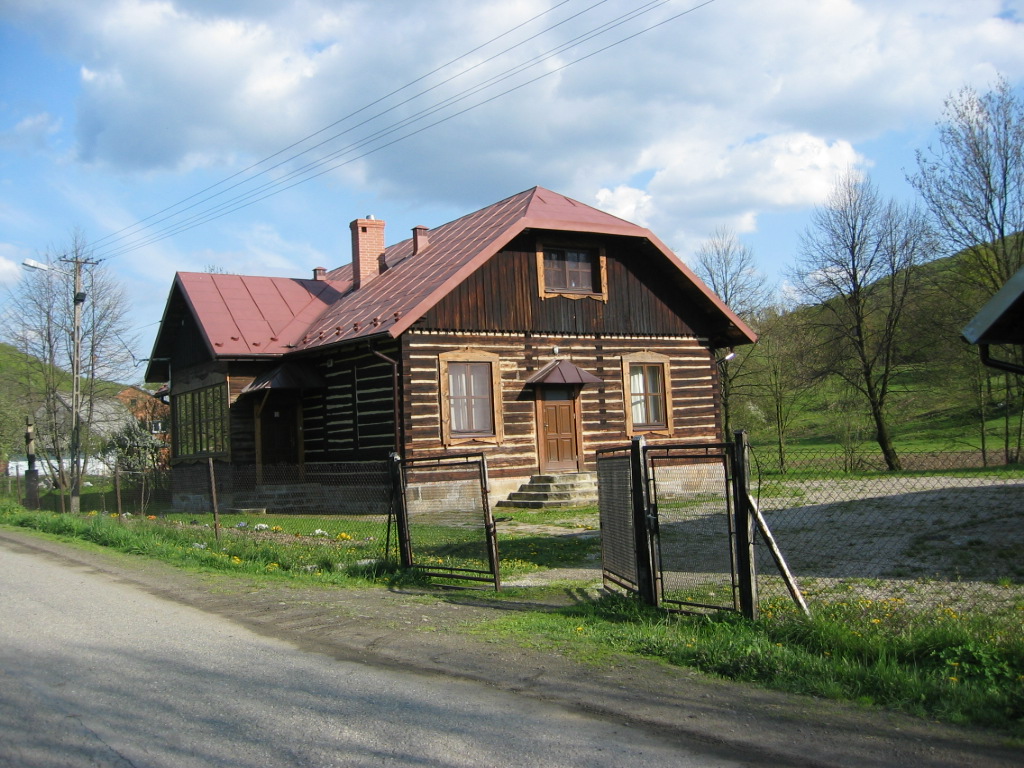Little Homeland of the Lemkos BODAKI Poland, excursion 2008 + List of Tombstones in the Local Cemetery – inventory, including a photo from an amateur genealogist…
The graphic art from 2008 Bodaki, “The church of the Lemko Land, Poland” (70 x 50 cm), the author:
Mikolaj Wysocki, the student of architecture, Warsaw
contact: hacea @ wp.pl ; narodowa@narodowa.pl
TOUR TO BODAKI 2008
Sharing with all first information
Bodaki, Lemko Land, The Lower Beskid Mountains, Greek Catholic, Catholic and Orthodox Church Cemetery – family names and dates on the tombstones and graves from the past survived till today, and from the present time.
The example of the local cemetery in Poland with different religion creeds. The next Lemkos’ village is Bartne, these are the last villages, and the end of the road before the Magurski National Park.
Bodaki, Poland, May 1, 2008
Bodaki, Lemkivshchyna, Beskid Niski – surnames and names and dates of those buried in the Greek Catholic, Catholic and Orthodox cemeteries, tombstones and graves from old times and the current ones.
An example of a local cemetery in Poland with graves of various denominations. The next Lemko village is Bartne, both are the last ones on the road in front of the Magura National Park.
Bodaki, Poland, May 1, 2008.
1.
Osif Tarbaj –
(Bodaki local stone sculptor)
On the tobstone there are following words:
“This is where Osif Tarbaj rests on January 5, 1904 – July 23, 1964
Wicznaja Pamiat”
(flowers-flowers)
The characteristical work feature of his sculpture: the Christ body is nailed in four points to the cross, and his legs are often leaned on the special support named in Latin as “suppedaneum” – see the picture enclosed.
A characteristic feature of his tombstones: the figure of Christ is nailed with 4 nails, and the legs are often resting on a characteristic footrest referred to in Latin as “suppedaneum” – see the attached photo.
2.
Marija Warian
1909
3.
Mrina Szkurat (Szkuratz)
(no date)
4.
Jarko i Iwan Meik
1911-1942
1938-1942
5.
Teodor i Rozalia Chomkowycz
1915 i 1923
puts up a doczka (the daughter put it up) Dawnia, 1924
6.
Stanislaw Krol
Saint P.
1916-1976
“R.I.P”
(flowers-flowers)
7.
Jozef Bodak
1928-1999
(flowers-flowers)
8.
Petro Kostik
1892-1961
Wicznaja Pamiat
(flowers-flowers)
9.
Maria Koltko
1910-1987
Jesus, I trust you
(flowers-flowers)
10.
Joziu Bodak
2 months 1970
(flowers-flowers)
11.
Stanisław Mika
1898-1981
Stefania Mika
1903-1983
Jesus, we trust in You
(flowers-flowers)
12.
Kazimierz Buczek
1937-2002
Rest in peace
(flowers-flowers)
13.
Stefania Skora
1907-1991
Jesus, save her soul
(flowers-flowers)
14.
Franciszek Skora
1901-1986
Jesus, save his soul
(flowers-flowers)
15.
Katarzyna Szarowicz
1924-1997
Jesus, I trust you
(flowers-flowers)
16.
Jan Drozdowski
1951-2001
(flowers-flowers)
17.
Jan Szarowicz
1916-1984
R.I.P.
(flowers-flowers)
18.
Damian i Bozena Tumidajewicz
1994 i 1963
God’s will
(flowers-flowers)
19.
Maria Sowa
1898-1970
Jesus, I trust you
(flowers-flowers)
20.
Mykolaj Chwalik
1960-1995
God save, Joho Soul, Visnaya His Pamiat
(flowers-flowers)
21.
Aleksij Chwalik (Chwalyk)
1936-1968
Visnaya His Pamiat
(flowers-flowers)
22.
Ludwika Martauz
1915-1992
Jesus, I trust you
(flowers-flowers)
23.
Jan Martauz
1913-1973
R.I.P
(flowers-flowers)
24.
Jan Kolodziej
1925-1969
Jesus, I trust you
(flowers-flowers)
25.
Elzbieta Kozak
1958
(flowers-flowers)
26.
Tadeusz Kozak
1969-2003
S.P.
(flowers-flowers)
27.
Marek Dziubak
1974-2004
Ś.P.
(flowers-flowers)
28.
Jurko Zelem
1917-1927
Wicznaja Pamiat
(flowers-flowers)
29.
Warian Orina
1889-1925
Wicznaja Pamiat
(flowers-flowers)
30.
Marceli Dudka
(rest can not be read)
31.
Szymon Warjan
1915-1988
R.I.P
(flowers-flowers)
32.
Szymon Siemanyczkyj
1914-1995
Wicznaja Pamiat
(flowers-flowers)
33. Julian Mikos
1920-1998
S.P.
(flowers-flowers)
34.
Anna Mikos
1924-1994
S.P.
(flowers-flowers)
35. Julia Koltko
1911-1987
Wicznaja Pamiat
(flowers-flowers)
36.
Grazyna Dziamba
1963-1976
S.P.
(flowers-flowers)
37.
Gnat Koltko
1909-1973
Wicznaja Pamiat
(flowers-flowers)
38.
Wasyl Nowak
1910-1971
Sofia Nowak
1919-1998
Wicznaja Pamiat
(flowers-flowers)
39.
Ęwa Mikos
1886-1979
R.I.P
(flowers-flowers)
40.
Simson Koltko
1861-1926
Mir Jewo Duszi
(flowers-flowers)
41.
Joan Walewski
1904
(only some stones in parts – only some stones in parts)
42.
Dymitr Dokla
1926-1994
Jesus, I trust you
(flowers-flowers)
43.
Anna Chrajem
1902
============================
Remarks:
If the words on the tombstone/grave are given as „Wicznaja Jeho Pamiat” or “Pohoj Jeho Duszy”, etc., it means that the cross/creed is Greek Catholic or Orthodox type, if S.P. (Swietej Pamieci) or anyelse in the Polish language – it means that the cross/creed is Roman Catholic.
(Flowers – Kwiaty) – means that there are flowers on the grave, and somebody is taking care on the grave, thus, supposingly the member(s) of the family ad/or family friends are still living in Poland.
Remarks:
If the words on the tomb / monument are given as “Visnaya Jeho Pamiat” or “Pohoj Jeho Soul” etc., it means that the cross on the tomb / type of faith is Greek Catholic or Orthodox. If LA is given (Holy Memory) or in Polish – it means a grave of the Catholic denomination.
(Flowers – Flowers) means that there are flowers and lamps on the grave / monument, hence it should be assumed that the grave is looked after by family or friends who still live in Poland.
The End – The End.
Done-made-by-by:
Tadeusz Wysocki, Warsaw, PTG-Polish Genealogical Society
Bożenna Wrzosek, Warsaw
All pictures by Maria Mioduszewska-Wysocka and Mikołaj Wysocki: www.aasolar.pl
Bodaki, 05/01/08 / 01/05/2008
Thank you also to families Lepak and Kaszczyk from Bodaki.
We would also like to thank the Lepak and Kaszczyk families from Bodaków for their help.
The Lemko Land, Poland, in brief
=====================
1. The Land of Lemko
2. The Nation of Lemko
3. The Religion of Lemko
4. The Names and Genesis of Lemko
1. The Land of Lemko.
The Lemko (Ruthenians, Rusyns, Carpathian Highlanders, Ukrainians, etc.) land streches in a narrow band of territory along southern part of Poland, bordering the Ukraine and Slovakia, covering the Beskid Niski, Sadecki Mountains, located between Pieniny and Bieszczady Mountains, and between the local rivers Dunajec in the West, and Oslawa in the East.
East of the Lemkos there lived Boykos with the same religious and cultural roots, and Gorals – Polish Highlanders in the West.
South of their land is Slovakia as also part of their land, North of their land there lived Podgorzanie, Lachy Sadeckie, and Dolinianie.
2. The Nation of Lemko.
After few centuries of living in the area, and due to the political and religion disturbancies after the WWII, almost all Lemkos had been forced to abandon their homes and beloved land, firstly after the WWI, in 1945-6, leaving for the Soviet Union, mainly to Ukraine, trusting in all promises of the Soviets to give them better lands and life, but few of the immediately returned seeing the hard life conditions there, and secondly, in 1947, the whole Lemkos has been forced to left their homes, while it was the subject to communists Vistula Operation “Operacja Wisla”, consiting in the dislodgement of the Ukrainians who lived in Poland, unfortunately including all Lemkos.
After 1956, the year of the death of the soviet communist leader Stalin, about 30% of the Lemkos returned to their land, but not all to their homes, settled by Poles in the meantime.
Now, in 2008 Poland, this Lemko land is of quiet and good cohabitation of all inhabitants living there. The Lemko culture is still alive, trying to not to lose of its identity. There are now in Poland few organizations, and folklore festivals preserving the Lemko roots and heritage as well.
3. The Religion of Lemko.
The Lemkos are part of the Eastern Christianity. They are either Orthodox or Greek Catholic. They are as Greek Catholic creed until a union signed in 1596 in Brest – hence another name for the Greek Catholics was establishes as Unitates.
Greek Catholicism in not therefore a separate religion, but remains among the rites of the Catholic Church, with the supremacy of the Pope, and Roman Catholic dogmats, although Orthodox church had a supremacy of an Orthodox patriachate of Moscou. This brought about long-lasting conflicts between the Unitates and opponents of the Union of Brest, a lot of suffering and persecutions, even until the all 20th century. The conflict divided all nation, and many villages, even the members of the one Lemko family. The “Schizma Tylicka” (the schizm of the town Tylicz) in 1926 divided all nation dramatically, when many of the Greek Catholic Lemkos changed their creed to the Orthodox one.
Here is the illustration of this religious problem with a joke quoted in the Lemko reading book from 1934:
– What religion are you, my Lemko friend?
– I do not get involved in politics!
4. The Names and Genesis of Lemko.
The term Lemko, Rythenian, Rusyn, Ukrainian and Carpathian Highlanders, Lemki, Lemky, Gorale Ruscy, Rusini, Rusniki, Rusnaki, Rysnaki, Rysnaky, Rusnak, Gorniak, etc. are often wrongly interchangeable, as each of them could define something different. Each should be defined when used, with the historical and geographical context.
The history of the Lemkos, from ethnogenesis to the current times, has been the subject of many polemics.
Polish schoolars are generally of the opinion that the Lemkos were created as an imposition of the Valashian-Ruthenian waves on the previous Polish settlements, as the migration of the Balkan shepherds, called Valachians. Their ethnos was dominated by the Ruthenian factor. They started to forming the villages in old Poland in the 15-16th centuries under the settlement of the Polish King and law so-called Valachian privileges.
Ukrainian publications frequently present the opinion that the Lemkos had been living in this part of Europe longer that the Poles, at least from the early Middle Ages, and are the remnant of the Kiev Ruthenia.
Some Lemkos, in turn, derive their genesis from the mythical European nation “Bialochrobaci”, or refer to the tradition of the Grand Moravia.
Would be interesting to conclude by me that all these roots and opinions are right, depending on the historical time context.
=
The word and name “Lemko” derive from their original language and word “Lem” (meaning in English “only”), and was very characteristic of the Lemkos and their every day language. In an old tale an impatient Pole promised a sack of flour to a Lemko providing he stopped repeating all the time his “lem, lem, lem…” – “OK”, replied the Lemko. “LEM give me it”.
==
By Tad
Tadeusz Wysocki with the family – wife Dr. eng. Arch. Maria Mioduszewska – Wysocka, student of Arch. son Mikolaj Wysocki, and Friend Bozenna Hanczka
Warsaw
non-for-profit:
05/2008

